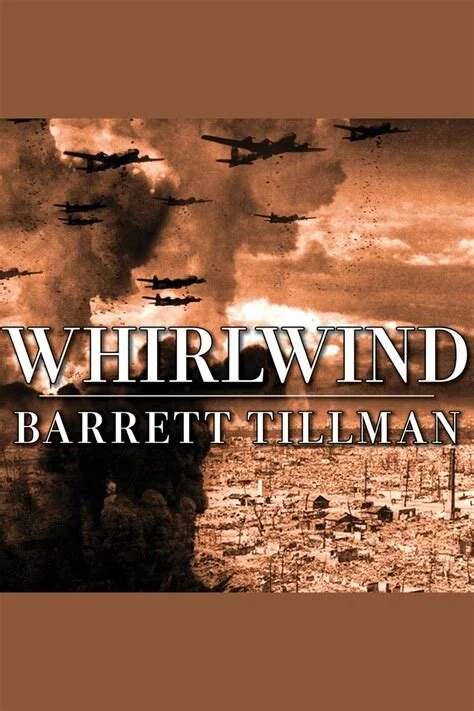All in Aircraft
James Holland's “DAM BUSTERS: THE TRUE STORY OF THE INVENTORS AND AIRMEN WHO LED THE DEVASTATING RAID TO SMASH THE GERMAN DAMS IN 1943”
Yes, the raid contributed significantly to the Allies war effort. Hopefully, too, people today who only connect with war via video games will occasionally pick up and read a book like this.
Hugh Harkins’ USAF JET POWERED FIGHTERS XP 59 – XF 85
Perhaps the best that we can say is that there was a lot of experimentation but the means of organizing and controlling technology did not advance as rapidly as the technologies themselves.
Robert F. Dorr's MISSION TO TOKYO: The American Airmen Who Took the War to the Heart of Japan
This book describes what it was like to bomb Japanese cities via B-29 raids conducted by the U.S. during 1944 and 1945. Most of the action is from the American perspective and takes place on the air-base islands off Japan from which most raids were launched (chiefly Tinian and Saipan), in the air while over water, or over Japan itself
Dennis R. Jenkins' X-15: EXTENDING THE FRONTIERS OF FLIGHT
You have to be interested in engineering and technology to appreciate this book and its detail. So many aircraft books emphasize operational or military applications while skimping on the details that allow an appreciation of the huge number of challenges involved in aircraft development. This one really delivers the goods.
Donald Mallick's THE SMELL OF KEROSENE; A TEST PILOT'S ODYSSEY (with Peter Merlin)
Mallick’s book is a tour of post-WWII 20th-century US aviation like none other I’ve ever read. Here’s a pilot who has flown Cessnas, early jets, helicopters, the doomed XB-70, lifting bodies, lunar landing training platforms, the B-52, and the YF12 Blackbird, all on behalf of NASA or its predecessor NACA.
Richard H. Graham's FLYING THE SR-71 BLACKBIRD; in the cockpit on a secret operational mission
This book is a nuts and bolts — and almost minute to minute — description of what an SR 71 Blackbird pilot did before, during, and after secret intelligence gathering flights.
Barrett Tillman's “WHIRLWIND: THE AIR WAR AGAINST JAPAN, 1942-1945”
The author provides a very good overview of the role of aircraft in bludgeoning Japan into submission. While never minimizing the role of seapower in strangling Japan’s WWII economy, Stillman documents Allied land and sea originated aair war efforts, the centerpiece being the role of the Boeing B-29.







